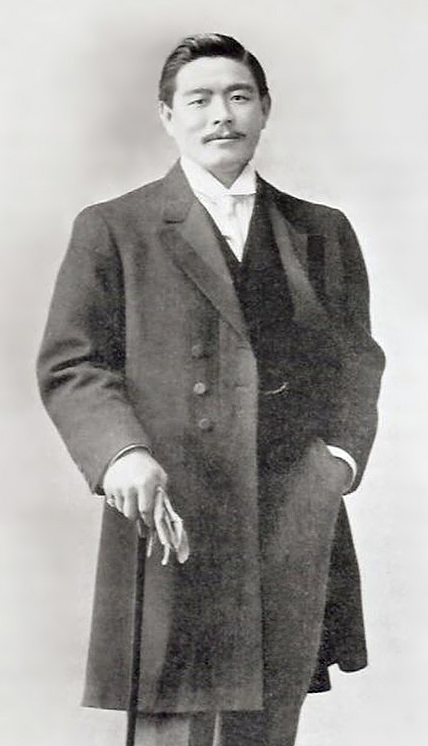Jiu Jitsu – A Journey through its History and Origins
In the realm of martial arts, few disciplines possess the rich history and captivating evolution of Jiu Jitsu. This martial art originated in ancient Japan and extended its influence across the globe. Jiu Jitsu has transcended time and borders to become a revered combat art and a cornerstone of modern mixed martial arts.
The Japanese Roots
Jiu Jitsu, often referred to as “Jujutsu” or “Jujitsu,” has its roots deeply embedded in the rich history of Japan. Its beginnings can be traced back to the samurai warriors of the Muromachi period (1333-15730. These warriors developed various unarmed combat techniques for self-defense when disarmed or without their traditional weaponry. The term “Jiu Jitsu” itself translates to “gentle art,”. This reflects the art’s core philosophy of using an opponent’s force and energy against them rather than relying solely on brute strength.


During the Edo period (1603-1868), Jiu Jitsu schools, known as “ryu,” began to flourish. Each of these schools had its unique techniques and strategies. The schools focused on close combat, joint locks, throws, and immobilization techniques, making it a well-rounded and comprehensive martial art. Jiu Jitsu became a crucial skill for samurai, as it provided them with effective methods to defend themselves when their swords were useless.
The Transition to Judo
The late 19th century marked a significant turning point in the history of Jiu Jitsu. Japan was undergoing a transformation, shifting from a feudal society to a more modern and centralized nation-state. This transition brought about changes in the martial arts landscape as well.

Jigoro Kano, a mixed martial arts practitioner, recognized the need to adapt traditional martial arts to the changing times. As a result, in 1882, Kano founded Judo, a modified form of Jiu Jitsu. It focused on sport and self-improvement. Judo retained many techniques of other martial arts. It also emphasized throws and ground grappling while minimizing dangerous strikes and joint locks. The term “Judo” translates to “gentle way,” aligning with the philosophy of using minimal effort to achieve maximum effectiveness.
Kano’s efforts to create a safer and more structured martial art laid the foundation for the Olympic sport of Judo that we know today. Judo’s popularity spread internationally, introducing Japanese martial arts to the world. The spread of Judo paved the way for the globalization of Jiu Jitsu.
Jiu Jitsu Goes Global
The early 20th century witnessed the dissemination of Jiu Jitsu beyond the borders of Japan. As Japanese immigrants and practitioners traveled to different parts of the world, they introduced the art to diverse cultures and societies. Mitsuyo Maeda, a Judo and Jiu Jitsu expert, embarked on a journey across the Americas, Europe, and Asia. On this journey, he showcased his skills in various exhibitions and matches.

Maeda’s most significant contribution, however, was in Brazil. In the early 20th century, he arrived in Brazil and began teaching Jiu Jitsu to a group of brothers named Carlos and Helio Gracie. The Gracie family not only embraced this martial art, but also refined and adapted its techniques to suit their physiques and styles. This marked the birth of Brazilian Jiu Jitsu (BJJ).
Brazilian Jiu Jitsu: A Revolution in Martial Arts
Brazilian Jiu Jitsu revolutionized the world of martial arts by introducing a ground-focused combat system. This combat system allowed smaller individuals to overcome larger opponents using leverage and technique. BJJ retained the core principles of Jiu Jitsu while placing a greater emphasis on ground grappling, positional dominance, and submission holds.
The Gracie family played a pivotal role in popularizing BJJ through challenge matches and competitions. Their competitions pitted their skills against practitioners of other martial arts. Notable among these challenges was the Gracie Challenge, where the Gracie fighters would take on all challengers, regardless of their background. These challenges showcased the effectiveness of BJJ in real combat situations and contributed to its rapid growth.
Jiu Jistu in the Modern Era

Fast forward to the present day, and Jiu Jitsu has established itself as an integral component of modern mixed martial arts (MMA). As a result, fighters from various disciplines recognize the importance of grappling and submission skills. This has led to an increased emphasis on Jiu Jitsu training in MMA gyms worldwide. Prominent MMA fighters with Jiu Jitsu backgrounds, like the legendary Royce Gracie, Demian Maia, and Nate Diaz, have displayed the potency of Jiu Jitsu techniques in the cage.
By all means, Brazilian Jiu Jitsu has evolved into a sport in its own right, with global tournaments like the Abu Dhabi World Professional Jiu-Jitsu Championship and the International Brazilian Jiu-Jitsu Federation (IBJJF) World Championships attracting top-tier competitors from around the world.
The history and origins of Jiu Jitsu are a testament to the adaptability and universality of martial arts. From its beginnings as a combat art for Japanese samurai to its transformation into Judo and the rise of Brazilian Jiu Jitsu, this ancient discipline has shaped the landscape of martial arts across the globe. Today, Jiu Jitsu stands as a symbol of effective self-defense, a cornerstone of MMA, and a dynamic sport that continues to captivate practitioners and enthusiasts alike.
Try our Jiu Jitsu classes here: https://daniel-gracie.com/jiujitsu/

